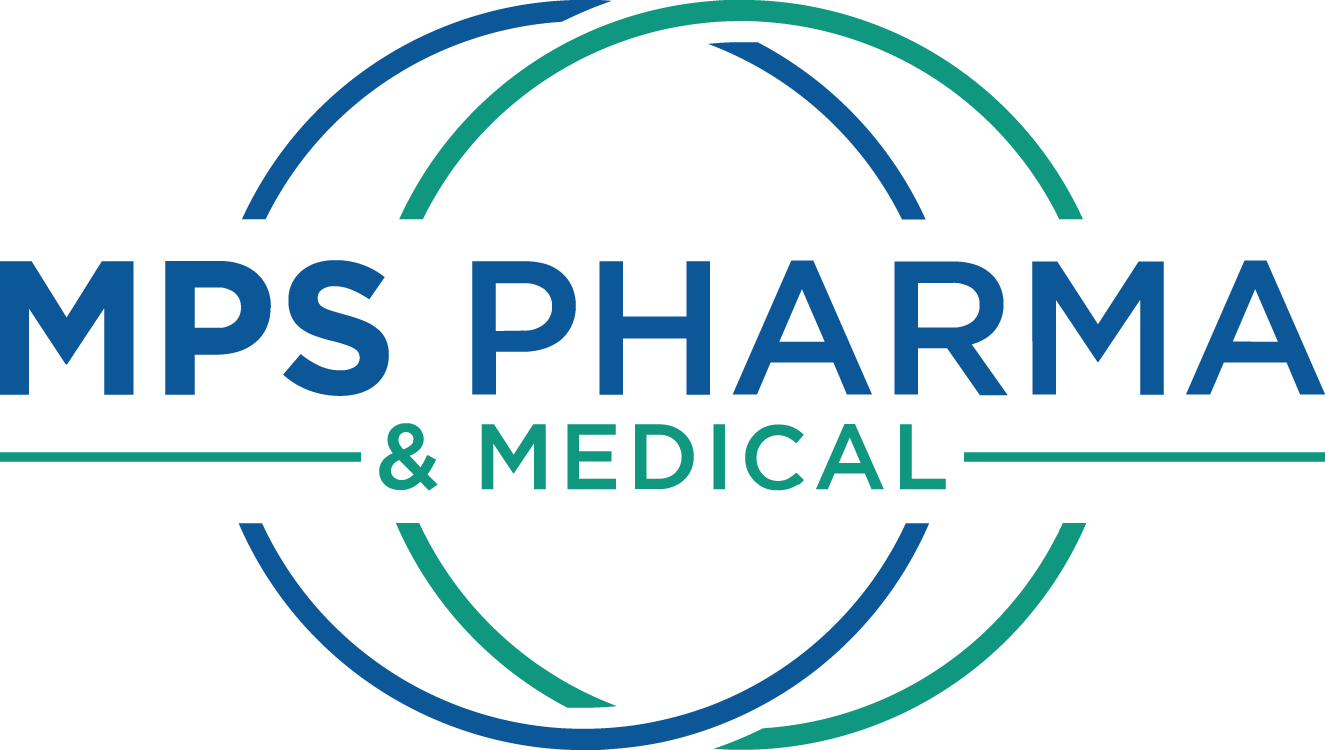Drug Shortages: Causes, Effects, and the Role of Sterile Compounding
In the United States, the Food and Drug Administration (FDA) plays a key role in preventing or mitigating drug shortages, which can pose a significant public health risk.
A short supply of critical medications can delay or deny lifesaving care for patients. What causes a reduced availability of medicines? How does it impact patients? Can sterile compounding help maintain treatment?
Drug Shortages in the United States: The Scale of the Problem
From January 1 to December 31, 2018, the FDA successfully prevented 160 shortages by working with manufacturers and other stakeholders and implementing a system of early notification.
During this same period, 54 drugs were reported to be in short supply as tracked by government agencies. This is a significant improvement from the 251 drugs with insufficient availability during 2011 when the problem peaked. However, the short supply of medications continues to pose a serious threat to public health, especially when it involves lifesaving drugs such as cancer medications, parenteral nutrition, and IV saline solutions.1
Causes of Drug Shortages
There are some well-known causes for reduced availability of medications, such as manufacturing difficulties, regulatory issues, and domination of a particular category of drugs by a single manufacturer.
Group purchasing organizations (GPOs) that obtain rebates from manufacturers have been implicated by some physician groups in causing the short supply of medications.2
Natural calamities can have a longstanding impact on the U.S. healthcare industry. Hurricane Maria wiped out one of the largest manufacturing plants of IV saline bags in Puerto Rico, leading to a shortage of this critical product and an increase in price by up to 10 times for certain medication-infused bags.3
In recent years, Pfizer, one of the largest manufacturers of sterile injectables in America, drew harsh reviews from government inspectors and received multiple warning letters from the FDA for lack of proper testing procedures and inadequate employee training at two of its manufacturing plants, leading to reduced production.4
Impact of Drug Shortages
Inadequate availability of medications presents serious safety concerns for patients. Short supply of cancer drugs, for example, may result in substitution with less effective and/or more toxic alternatives, affecting patient outcomes and survival.5
Also, a lack of availability of prescription drugs can result in a delay in necessary treatment. The majority of active drug shortages affect sterile injectables, and this poses a great threat for patients who are dependent on parenteral nutrition.6 More medication errors, adverse events, and mortality are reported during a short supply of critical medications.7 Moreover, shortages can lead to a rise in healthcare costs due to an increase in the price of the drug under short supply or the higher cost of substitute drugs.8
Role of Sterile Compounding in Drug Shortages
During a short supply, hospitals often outsource the formulation of sterile IV solutions to specialist compounding pharmacies.
After a 2012 meningitis outbreak from contaminated compounded products in Massachusetts, healthcare facilities have employed increased scrutiny and more rigorous vetting processes to ensure the sterility and safety of compounded medication.9
Even as the FDA examines regulatory gaps and considers implementing more stringent laws for compounding pharmacies, sterile compounding continues to be a viable solution to manage drug shortages.
References:
- https://www.fda.gov/media/130561/download
- https://www.ncbi.nlm.nih.gov/pmc/articles/PMC6385730/
- https://www.huffingtonpost.in/entry/iv-bag-drug-shortage-puerto-rico-hurricane-maria_n_5ba1ca16e4b046313fc07a8b
- https://fortune.com/longform/pfizer-drug-problem-fortune-500/
- https://link.springer.com/chapter/10.1007/978-3-319-43896-2_6
- https://onlinelibrary.wiley.com/doi/abs/10.1002/ncp.10052
- https://journals.plos.org/plosone/article?id=10.1371/journal.pone.0215837
- https://annals.org/aim/article-abstract/2702478/changes-drug-pricing-after-drug-shortages-united-states
- https://www.sccm.org/Communications/Critical-Connections/Archives/2017/Issues-for-Admixtures-in-an-Era-of-Drug-Shortages

 0
0
